The following is an excerpt from Reopening the World: How to Save Lives and Livelihoods, a new report where Brookings experts offer ideas to help policymakers protect lives and save livelihoods in the midst of the current COVID-19 pandemic.
 At precisely the time when many faithful would otherwise turn to prayer, a public health emergency without precedent in our times has made the very act of assembling for prayer hazardous. Religious congregations in the Muslim world have become especially fraught. Large gatherings at a pilgrimage site in Qom, Iran, and meetings of the Tablighi Jamaat—an international proselytizing group—in Pakistan, Malaysia, and India in February and March became vectors for the initial spread of the virus in those countries, and from there traveled to others. In India, this led to ostracization against Muslims; in Pakistan, to finger-wagging and mass quarantine for Tablighi Jamaat attendees.
At precisely the time when many faithful would otherwise turn to prayer, a public health emergency without precedent in our times has made the very act of assembling for prayer hazardous. Religious congregations in the Muslim world have become especially fraught. Large gatherings at a pilgrimage site in Qom, Iran, and meetings of the Tablighi Jamaat—an international proselytizing group—in Pakistan, Malaysia, and India in February and March became vectors for the initial spread of the virus in those countries, and from there traveled to others. In India, this led to ostracization against Muslims; in Pakistan, to finger-wagging and mass quarantine for Tablighi Jamaat attendees.
But while those huge gatherings were shut down—and it is unlikely that such events will be able to resume in the coming year, perhaps longer—the question of how to handle regular communal prayer in mosques remains. On Friday afternoons in particular, but every day of the week, five times a day, Muslims (mainly men, but in some countries, women as well) stand shoulder to shoulder in mosques and prostrate before God. While some Muslim-majority states—Egypt, Morocco, and Saudi Arabia, among others—lost no time in shuttering mosques during the pandemic, in others, congregational prayers have persisted; in some cases, including Bangladesh, in defiance of government orders, and in others, such as Pakistan, because the government was unable to shut them down, even during its nearly two-month long lockdown.
THE INTERPLAY OF RELIGION AND POLITICS
It is not a state’s religiosity that has determined whether its mosques have shut down, but the particular interplay of religion and politics in each context. That dynamic will also define how these spaces reopen and look to their future in this pandemic. Where politics and religion are both in the hands of the state—whether in ultra-rigid and fundamentalist Saudi Arabia or in Morocco, which has institutionalized a tolerant Islam from the top down—mosques were shut down quickly. In Saudi Arabia, the king is the custodian of the two holy mosques and in alliance with the kingdom’s Wahhabi clerics—religious authority answers to the king. Saudi Arabia also halted the Umrah pilgrimage, and has encouraged Muslims to cancel hajj plans, indicating that it will be canceling the hajj for the first time in the modern kingdom’s history.
In Morocco, on the other end of the spectrum from Saudi Arabia in espousing a tolerant version of Islam, the king is the amir-ul-momineen, the commander of the faithful. Mohammed VI asked the head of Morocco’s Supreme Council of the Ulema to issue a fatwa to close mosques. When the country’s religious right objected, the king had them arrested.
In Pakistan, Prime Minister Imran Khan’s government has been weak on a lockdown and weaker on mosques. The federal government essentially wrung its hands, meekly asking people to pray at home while keeping mosques open. Each of its provinces stepped in to impose limits on congregations. But in the run up to Ramadan, amid reports of defiance on these limits at individual mosques, the religious right—unwilling to give up higher mosque attendance and donations during Ramadan—pressured the federal government to reallow mosque congregations. The government issued 20 “standard operating procedures” for Ramadan congregations: keeping masks on; staying six feet apart; not talking while in the mosque, even during extended Taraweeh, or evening, prayers; performing ablutions at home. Crucially, it did not put a cap on the maximum number of congregants allowed. Compliance to these guidelines is nearly impossible to monitor, even harder to enforce. The rules, to no surprise, haven’t been widely followed.
Pakistan’s doctors have raised alarm bells about mosques becoming a vector for the spread of the virus. But so far in Pakistan, the mullahs have held sway over science. Pakistan’s politicians have long given in to the demands of its religious right, which functions as a separate political actor in the country; and they have done the same in this pandemic.
A BETTER PATH
There could have been a better path. The government could have convinced clerics that whatever power they had before the pandemic would not diminish by closing down mosques; that the shutdown would be temporary; offered them economic relief for monetary losses that they feared; coopted and deployed them for public messaging on the necessity of social distancing and praying at home (research shows that information coming from a trusted source is better at inducing behavioral change in epidemics); and helped them stream online prayer. In Malaysia, mosques are livestreaming worship. Alms, or zakat, are being collected online and at drive throughs.
Instead, the brief window Pakistan had to shut down mosques while the country was in lockdown was squandered. And in some ways, Pakistan’s opening up mosques led the way to its lockdown unraveling across the country across sectors— from mosques to markets and even malls. Alarmingly, huge processions that the Shia sect holds annually to mark the death anniversary of Ali, the son-in-law of the prophet, also went ahead in parts of Pakistan. Amid rising cases, Pakistan’s government is now warning that it may have to reimpose a lockdown after Eid; going by the past, its mosques are likely to remain open.
With all the sensitivities of religious and frightened publics, and given their perceptions of the importance of prayer in a pandemic and belief that God will save them from the virus, it is harder to convince them of the necessity for rules in mosques than it is to enforce limits on work, leisure, and school. Put another way, rules on religious spaces are more difficult to institute than lockdowns in general. In Aceh, Indonesia, for example, mosques have been gathering congregants despite a lockdown and a fatwa from the country’s ulema council asking people to pray at home. And as a Pakistani religious leader who leads a network of more than 20,000 mosques and religious schools told Al Jazeera: “Essential services have been reopened, and offering prayers as part of a congregation is also an essential service.” (This, of course, is nearly identical to Donald Trump’s argument in America.)
States need to convince their populations that gatherings—closed-door ones in particular— must be the last activities religious or otherwise to resume in this pandemic. Keeping mosques closed is not about religion at all, but about the vulnerability of collecting in a large group.
Keeping mosques closed is not about religion at all, but about the vulnerability of collecting in a large group.
COOPTING CLERICS
Religious clerics—feeling threatened by a loss of power, control, and income—should be coopted as partners by governments, and they should take the lead in encouraging people to pray at home. Where trust in government is limited, mosque imams can convince their own congregants to not attend prayers at mosques. And, as much as possible, states can assist in technology acquisition for mosques so that these imams can stream services and connect with their congregants online rather than via prayer in person.
Much as different countries’ abilities to shut down mosques have differed, so too will their reopening. Paradoxically, Saudi Arabia will likely find it easiest to keep mosques closed and religious gatherings suspended. It reimposed a strict curfew during Eid al-Fitr among rising COVID-19 cases during its loosened lockdown during Ramadan. The Moroccan and Egyptian states, too, will be better able to keep mosques closed and to stamp down on dissent. When they reopen, those countries will find it easier to enforce and implement rules on limited congregations—including imposing fines on mosques if they see violations.
When and where mosques do reopen across the Muslim world, it must be with severely limited numbers. We know that holding activities in outdoor spaces reduces chances of the virus spreading. Prayers should be held outside as much as possible, and mosques that do not have outdoor courtyards or other spaces near them should be provided access to parks, if available. Congregation limits can be based on mosque size, allowing for a six-foot distance between congregants.
Once antibody testing is widely available, congregants should be limited to those who have acquired “immunity passports.” Before that, to keep numbers to a minimum, mosques should allow multiple batches of congregants in allocated prayer times, with time to disinfect in between, and turn away anyone over the limit. It will be a new environment and a major readjustment for these religious spaces for the foreseeable future. This much was evident during Eid al-Fitr, which marks the end of Ramadan, this year. It was a somber affair across the Muslim world, with varying levels of lockdowns and social distancing in mosques—if prayers were held at all. Such adaptation is no attack on religion, but the road to salvation from this pandemic for us all.
The Brookings Institution is committed to quality, independence, and impact.
We are supported by a diverse array of funders. In line with our values and policies, each Brookings publication represents the sole views of its author(s).

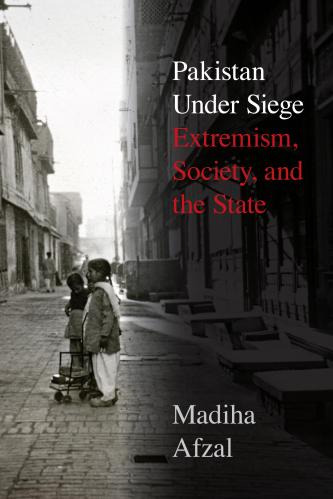
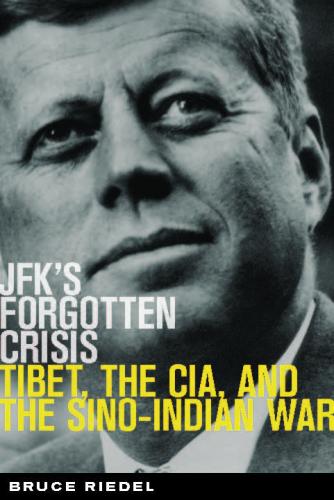
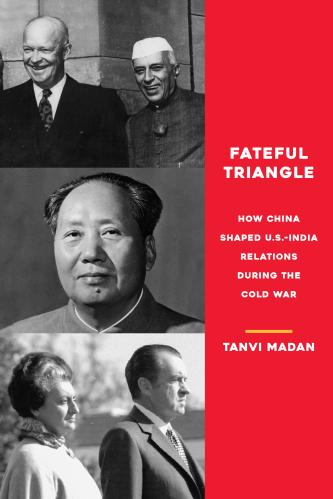
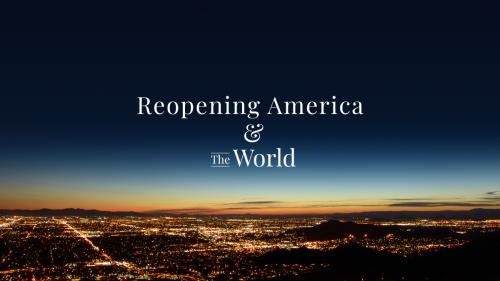
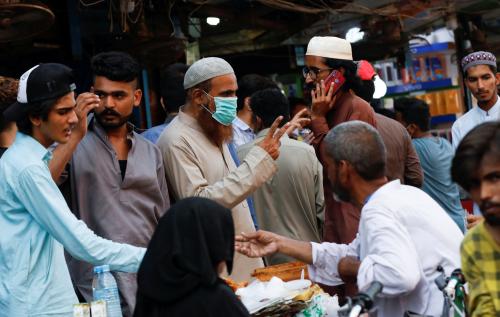
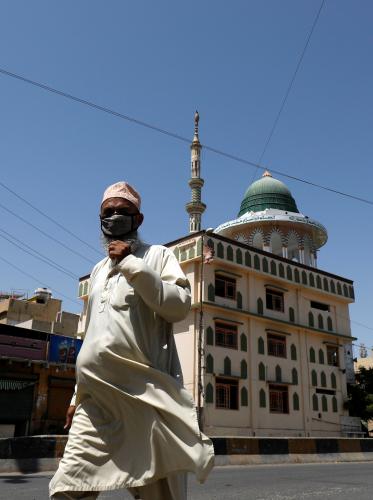

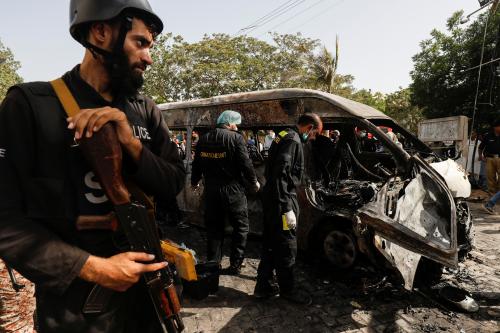
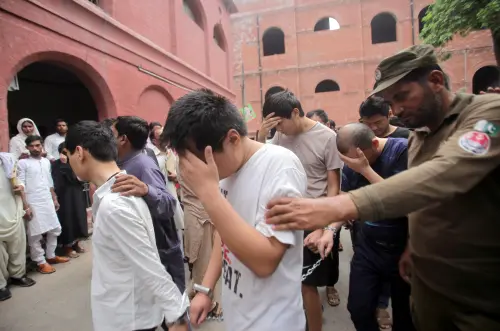
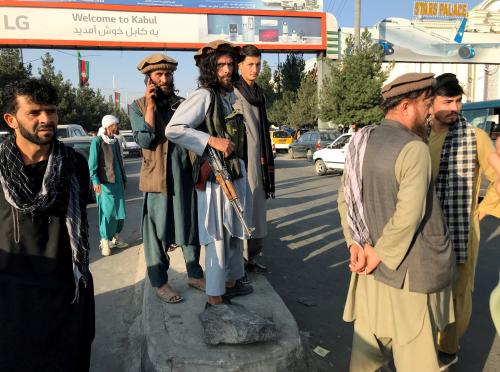
Commentary
Reopening the World: Reopening Muslim religious spaces
June 16, 2020